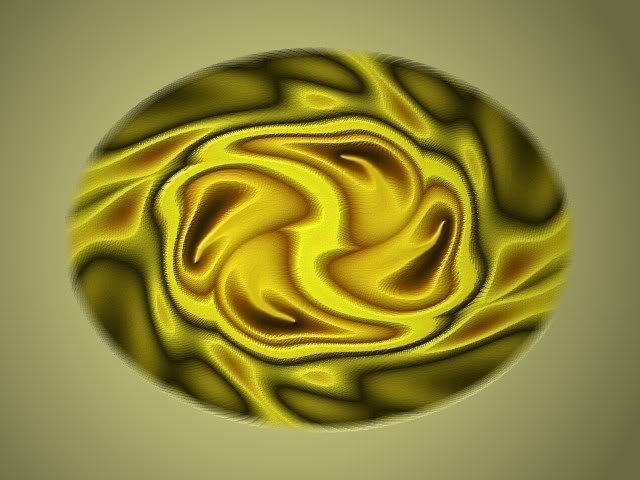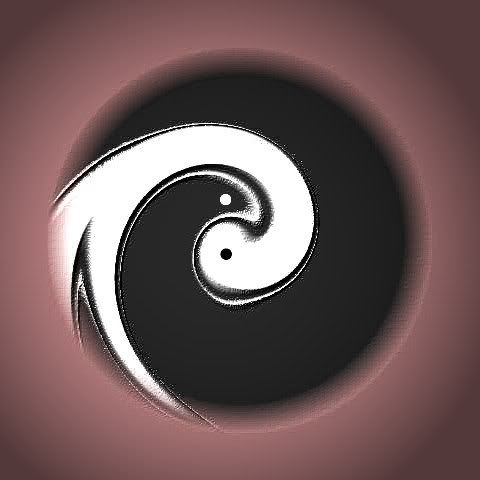Thich Nhat Hanh writes in Being Peace (1987):
The fourth practice is Covering Mud with Straw. You know when you walk in the countryside after a rain, it is very muddy. If you have straw to spread over the mud, you can walk safely. One respected senior monk is appointed to represent each side of the conflict. These two monks then address the assembly, trying to say something to de-escalate the feeling in the concerned people. In a Buddhist sangha, people respect the high monks. We call them ancestral teachers. They don’t have to say very much; whatever they say is taken very seriously by the rest of the community. One says something concerning this monk, and what he says will cause the other monk to understand better and de-escalate his feeling, his anger or his resistance. Then the other high monk says something to protect the other monk, saying it in a way that the first monk feels better. By doing so, they dissipate the hard feelings in the hearts of the two monks and help them to accept the verdict proposed by the community. Putting straw on mud– the mud is the dispute, and the straw is the loving kindness of the Dharma
I want to put straw on the mud. I am not a senior monk. I am just another person asking us to stop the fighting, to pause, unconditionally to cease the hostilities. Maybe if we just stopped and breathed, we could find refuge.
I am inhaling all of the darkness and misunderstanding and hurt feelings and anger and sadness of the past few days, and I am exhaling peace and relaxation. I am inhaling the disputes and arguments, and I am exhaling peace and happiness. This practice is called Tonglen.
Pema Chodron has written about tonglen:
This is the core of the practice: breathing in other’s pain so they can be well and have more space to relax and open, and breathing out, sending them relaxation or whatever you feel would bring them relief and happiness.
Enough talking. Enough explaining. Enough thinking. Enough. Let’s try breathing. Let’s try stopping and breathing. Let’s just stop.
Thich Nhat Hanh writes:
In the peace movement there is a lot of anger, frustration and misunderstanding. The peace movement can write very good protest letters, but they are not yet able to write a love letter.
He could be talking about blogs. He could be talking about us. May we be excellent to each other. May we all be safe. May we all be well. May we all be peace.










